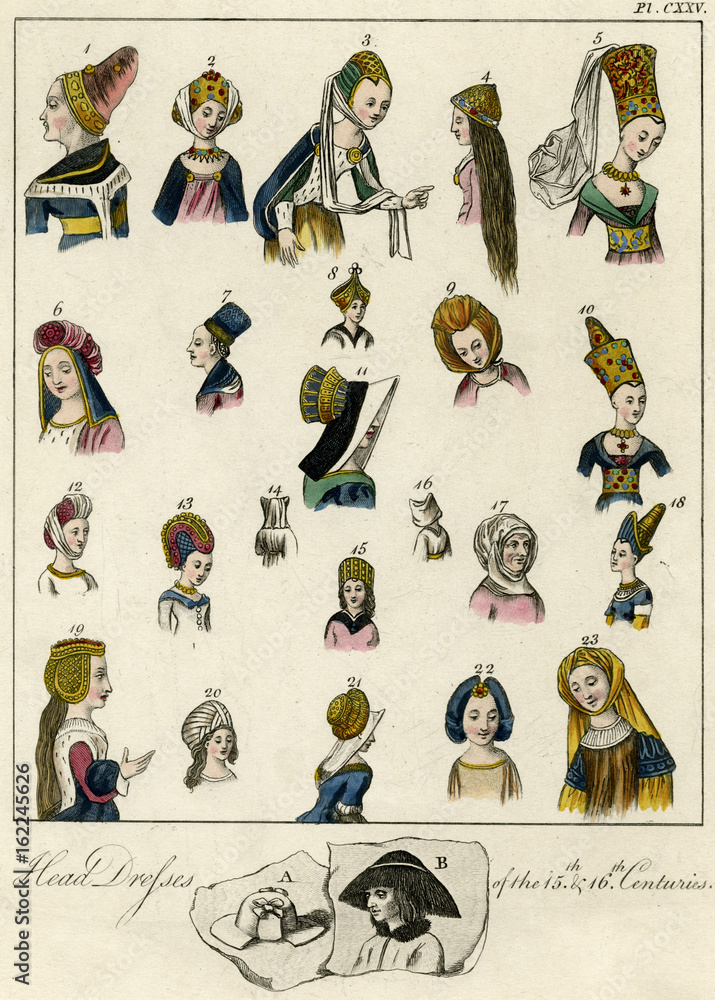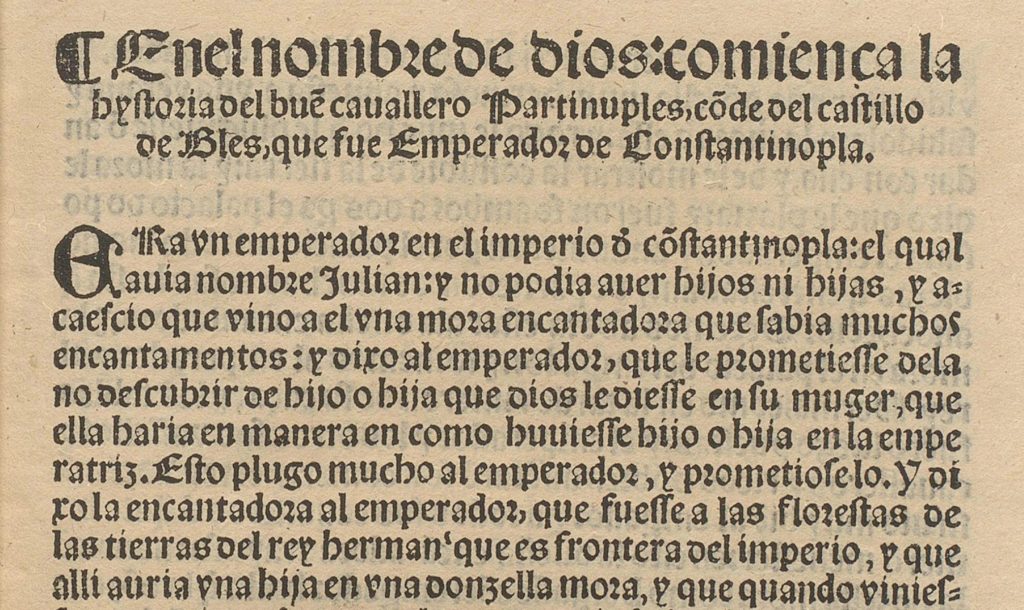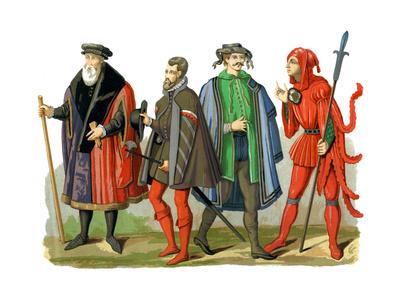The 15th and 16th centuries were marked by significant changes and developments in various fields, including politics, religion, science, and art. These centuries are often referred to as the Renaissance, a period of cultural and intellectual revival that took place in Europe after the Middle Ages.
Politically, the 15th and 16th centuries were marked by the rise of nation-states and the decline of feudalism. In the early 15th century, the Holy Roman Empire, which had dominated much of Europe for centuries, began to decline in power. This led to the emergence of more centralized and efficient states, such as the Ottoman Empire, the Kingdom of Spain, and the Kingdom of France. These states were able to exert more control over their territories and expand their influence through military and diplomatic means.
Religion also played a significant role in the 15th and 16th centuries. The Protestant Reformation, which began in the early 16th century, challenged the authority of the Roman Catholic Church and led to the emergence of Protestant denominations such as Lutheranism and Calvinism. The Reformation also had a significant impact on politics, as many European monarchs used it as an opportunity to break free from the authority of the Catholic Church and assert their own power.
In the field of science, the 15th and 16th centuries saw significant progress and innovations. The Renaissance saw the revival of classical learning and the development of new scientific theories and methodologies. The works of scientists such as Galileo, Copernicus, and Kepler laid the foundation for modern science and helped to shift the focus from religion to empirical evidence and observation.
Art and literature also flourished during the Renaissance. The 15th and 16th centuries saw the emergence of new styles and forms of artistic expression, such as the Renaissance style of painting and sculpture, which was characterized by its realism and attention to detail. In literature, the Renaissance saw the rise of the sonnet and the development of the modern novel.
Overall, the 15th and 16th centuries were a time of great change and progress in Europe. The Renaissance marked a shift towards more secular and rational ways of thinking, and laid the foundation for many of the cultural and intellectual developments that have shaped the modern world.







